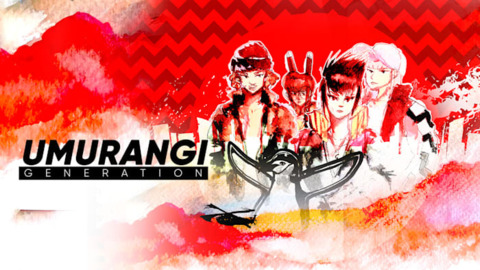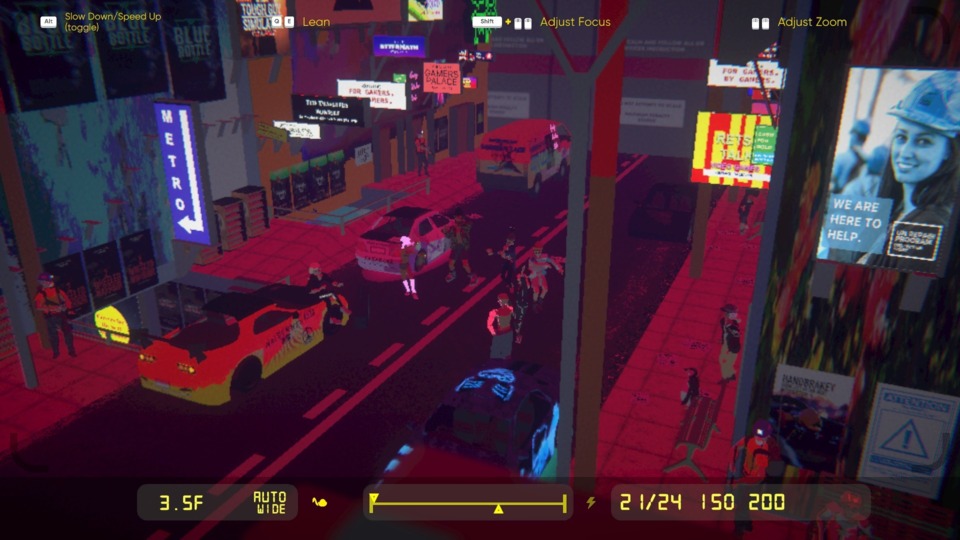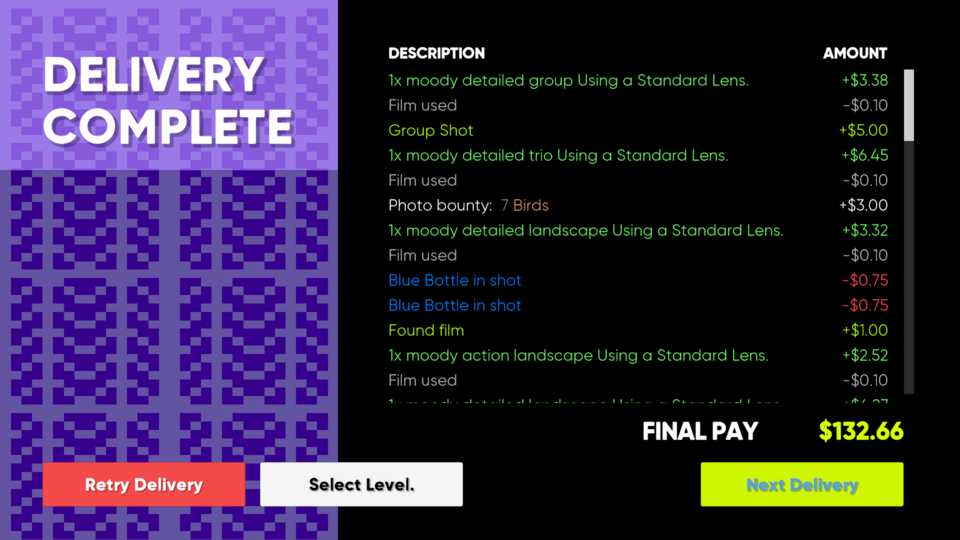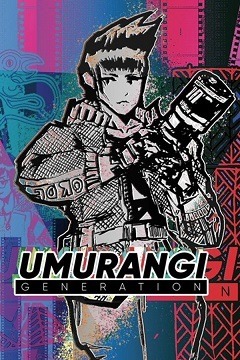
We're all about our creature comforts on Indie Game of the Week, or mine specifically, but you know one video game genre I love that rarely gets a look-in at any level of game development? Photography. Photo modes in open-world games like Ghost of Tsushima certainly allow us to explore our inner-Annie Leibovitzes (Leibovitzii?) if we need a creative break from running around collecting map icons for hours but few use those same mechanics as the game's focal point, so to speak, save for the occasional New Pokémon Snap. Umurangi Generation showed up in 2020 with a certain amount of Indie bluster and a novel approach to not just photography as a gameplay mechanic but with an entire vibe and aesthetic to call its own. Developed by Naphtali Faulkner, a member of the indigenous Māori of New Zealand, Umurangi finds a voice for those that had yet to discover one in the video game industry, creating a sci-fi dystopian setting that in some way parallels the western colonialism that marginalized his people.
In Umurangi Generation, the protagonist is a courier that dabbles in photography as a side-gig, taking various pictures of the troubled milieu of a future Tauranga (a real city on the north coast of New Zealand) that has been besieged by an initially-understated apocalyptic menace and has now been reduced to several pockets of human habitation struggling to hold onto civilization. UN soldiers and their propaganda are everywhere, having been brought in to deter this unseen foe, and in spite of all this chaotic uncertainty the unnamed protagonist and his four friends (one of which is a penguin) attempt to enjoy what time they have left with impromptu street parties and hangouts. The goal of each stage is invariably to deliver a package to a local client, but the player must first take several photo bounties of the surroundings that fulfil certain requirements. Early on this might be something as simple as having two cats in the same shot, but later levels will ramp up the specificity including the type of lens you need to use. Each level also a ten minute timer, the idea being to take all the necessary shots and deliver the package to where it needs to go before this timer goes off: in this respect, the game feels a lot like one of the older Tony Hawk's Pro Skater games where you're dumped in an area and left to your own devices, hitting as many objective targets as possible before having to start over. Like THPS, it's unlikely you'll hit all the goals on the first attempt—which also include some recurring bonus objectives, like taking a shot with all four of your friends in the frame, collecting all the spare rolls of film across the level (usually pretty tricky, because those canisters are tiny), and raking in a certain amount of cash from taking photos—but the location knowledge you bring forward to subsequent runs makes it far easier to reach the target in time.

While money doesn't play into the game beyond as a milestone objective the game does have a pretty sophisticated scoring system when it comes to the shots you take. The tutorial is quick to assure the player that, as a subjective form of art, there's no penalties or demerits for how you choose to capture your subject matter. What is important is the composition and color variance; you don't need to have anything centered in frame or have to worry about weird Dutch tilt angles or filters messing with your final tally. It's an approach that rewards creativity while still requiring players seek out opportunities that are likely to score best: large group shots or those with many different hues often earn the most money. The one, and only one, rule the game has about photos is that they don't include any blue bottle jellyfish, also known as the Portuguese man 'o war. If any make their way into a shot it's a negative hit to its value. What seems like an arbitrary rule becomes anything but once you make your way through the story a little further, and is one of many scenarios where Umurangi Generation presents its narrative through "show, don't tell" environmental subtext.
Aesthetically Umurangi Generation sought to find its own version of a sci-fi cyberpunk approach that wasn't necessarily beholden to '80s fashion and social mores the way most fiction in that genre tends to be, though it's still every bit as influenced by Japanese pop culture in particular. Anime and manga styled artwork appear frequently on posters and commercials pasted across walls, the protagonists' friends have a certain hip Jet Set Radio streak to their sartorial choices, the menu UI and electronically-modified voiceovers all strike me as very Suda51, and a glimpse of the enormous bipedal robots the military built to combat their extraterrestrial (or not? The game's very elusive about what is actually causing the end of the world) antagonists certainly resemble those from a certain Gainax mecha anime featuring its own procession of bizarre kaiju foes. Presumably related to having to create eight relatively large 3D areas full of details to capture on film despite what I imagine was a tiny budget and limited manpower, the game's gone for a lo-fi PlayStation/Saturn polygonal look that serendipitously adds to the offbeat atmosphere it's going for which is complemented further by its eclectic EDM soundtrack. The wild use of color and grainy textures gives the game an expressionistic style that I wish I was more of an art student to appreciate or explicate on properly; even if it can be a bit of a garish mess at times, you can't say it looks all that similar to anything else.

Umurangi does have its drawbacks. The first-person movement and platforming is very glitchy, and it's easy to find yourself clipping through walls, fences, and staircases on a regular basis. The aggravation factor caused by this is compounded further by how you're being timed throughout, even if the timer goal is actually optional and won't impact your progress from one level to the next (completing all the bonus goals, including getting in under the time limit, simply unlocks new camera filters and traversal abilities as well as some related achievements). It often feels like the game engine is being held together by duct tape and wishes, but in a sense it adds to the game's distinctive, gonzo appeal and a generous (or sarcastic) soul might even say it thematically suits the ramshackle urban setting of this near-extinct version of humanity just about hanging on for dear life. That said, I didn't run into any serious bugs; at worst, falling through a staircase or getting stuck briefly behind a vehicle or some other obstacle just led to a few extra seconds of backtracking. I generally don't care for the older THPS model of strictly timing how long you can be on a level chasing goals before resetting all progress—it's why THPS4 is my favorite, because it was the first in the series to do away with that limit and just let you explore to your heart's content—but as already stated it's an optional target and the ten minutes is very accommodating once you know where to take all the required shots, so I can't begrudge it too much. At any rate, the game's issues aren't nearly enough to eclipse the game's fantastic use of style, its fresh photography mechanics that include any number of filters and lens types to mix things up, and a pretty engaging sci-fi narrative that requires you pay attention to minor details to appreciate in full. Also that penguin's real cute, even if he stands in awkward places seemingly just to make group shots that much trickier to assemble.
Rating: 4 out of 5.
| < Back to 308: New Super Lucky's Tale | 001-100 | 101-200 | 201-300 | > Forward to 310: F.I.S.T.: Forged in Shadow Torch |

Log in to comment